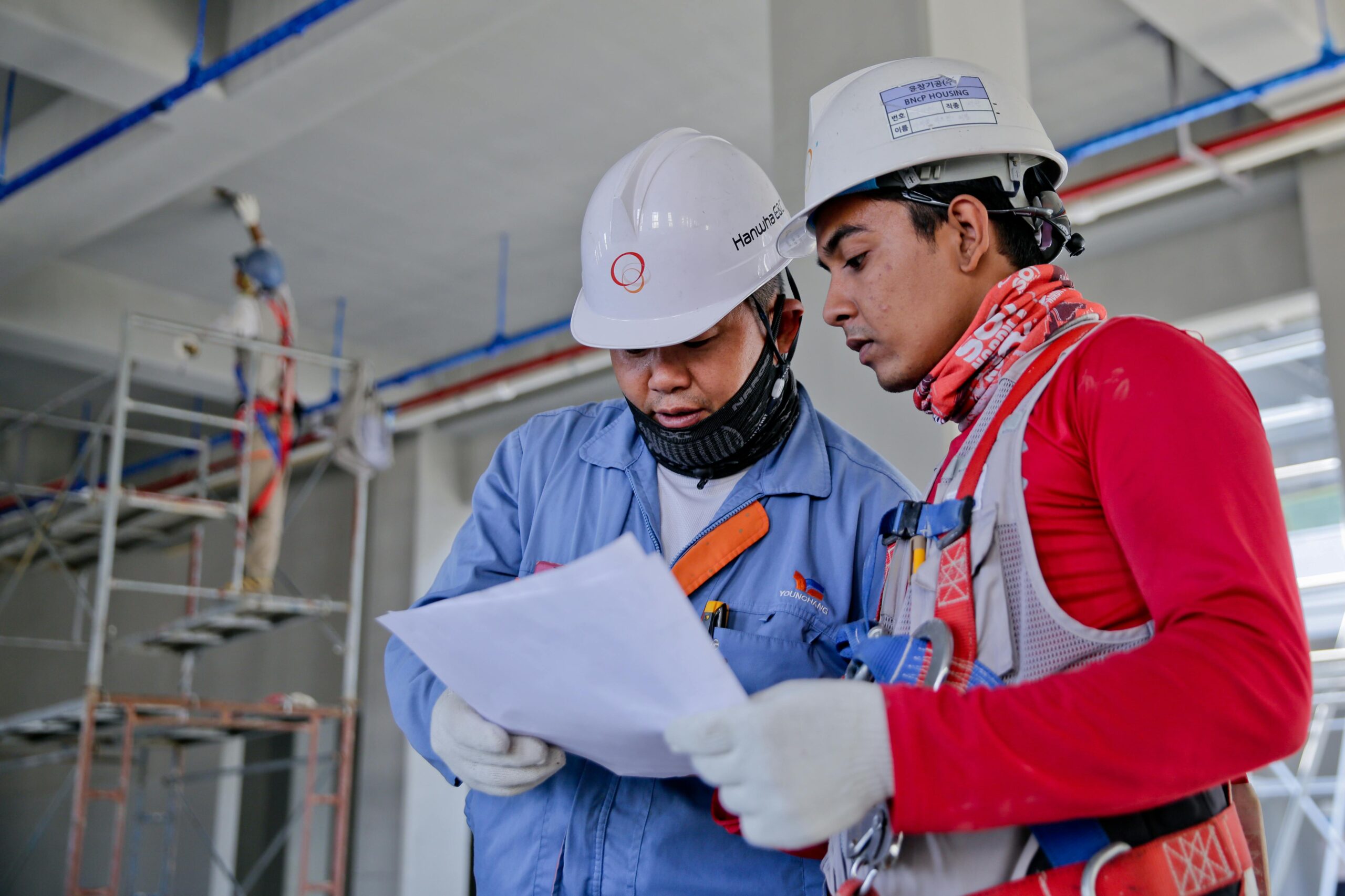“Safety doesn’t happen by accident. It’s a responsibility, a commitment, and a culture.”
Whether you’re managing a bustling factory floor, a quiet office, or a large construction site, safety management isn’t just a box to tick—it’s the backbone of a responsible organization. But what exactly is safety management? What responsibilities does it involve? And more importantly, how can we do it right?
In this in-depth blog post, we’ll break it all down—from understanding what safety management really means, to identifying the specific roles, strategies, and systems that make a workplace safe, productive, and legally compliant.
🛠️ What Is Safety Management?
At its core, safety management refers to the organized efforts and procedures that companies implement to identify, evaluate, and control risks that could potentially harm employees, assets, or the environment.
A well-functioning safety management system (SMS) includes:
- Proactive hazard identification
- Risk assessment and mitigation
- Incident response plans
- Safety training and communication
- Regulatory compliance
- Continuous improvement
It’s not just a department’s job—it’s a company-wide philosophy.
📌 Why Is Safety Management So Important?
Let’s get one thing clear—safety isn’t an expense. It’s an investment in your people, your brand, and your bottom line.
✅ Key Benefits of Effective Safety Management:
- Fewer accidents and injuries
- Lower insurance premiums
- Higher employee morale
- Improved productivity
- Legal compliance and reduced liabilities
- Positive public reputation
Did you know? According to OSHA, businesses spend $1 billion weekly on direct workers’ compensation costs alone. That doesn’t even include indirect costs like lost productivity, lawsuits, or employee turnover.
🧱 Core Elements of Safety Management
A successful safety program isn’t built overnight. It includes four foundational pillars that support a robust safety culture:
1. Safety Policy
This sets the tone for safety expectations. It defines the company’s commitment to protecting employees and complying with laws.
Example: “XYZ Corporation is committed to ensuring a safe and healthy workplace for all employees, contractors, and visitors through ongoing safety training, hazard mitigation, and compliance with regulatory standards.”
2. Risk Management
This involves identifying hazards, evaluating their risk levels, and applying controls to prevent accidents.
Common risk control measures:
- Elimination or substitution
- Engineering controls (e.g., machine guards)
- Administrative controls (e.g., rotating shifts)
- PPE (personal protective equipment)
3. Safety Assurance
Safety assurance means continuously monitoring the effectiveness of safety processes and improving them.
Includes:
- Regular audits
- Safety performance metrics
- Feedback loops
- Corrective and preventive actions
4. Safety Promotion
Foster awareness, participation, and education. It’s about making safety part of the organization’s DNA.
Tools:
- Safety workshops
- Posters and signage
- Incentive programs
- Daily toolbox talks
👷♀️ Key Responsibilities in Safety Management
While everyone plays a role in safety, certain responsibilities fall squarely on management, supervisors, and safety officers. Let’s break it down.
🧑💼 1. Management’s Role in Safety
Leadership sets the tone for safety culture. When top management treats safety as a core value, employees follow suit.
Responsibilities:
- Establish a written safety policy
- Allocate budgets and resources for safety
- Set measurable safety goals (KPIs)
- Ensure compliance with legal regulations (OSHA, ISO 45001, etc.)
- Lead by example—wear PPE, follow rules
👉 Tip: Hold regular executive-level reviews on safety metrics, just like you do for sales or operations.
🦺 2. Safety Officer / Safety Manager Duties
The safety officer is the frontline guardian of the SMS. This role demands technical know-how, communication skills, and relentless attention to detail.
Responsibilities:
- Conduct hazard and risk assessments
- Develop and implement safety policies and procedures
- Coordinate safety training sessions
- Lead accident investigations and create reports
- Monitor compliance with safety regulations
- Serve as a liaison with health and safety authorities
👉 Real-world Example: After a near-miss involving a forklift, the safety officer might investigate, revise protocols, and retrain staff on proper warehouse traffic procedures.
👷♂️ 3. Supervisor Responsibilities
Supervisors are the link between management and the workforce. They need to translate safety plans into everyday actions.
Responsibilities:
- Enforce safety rules on the floor
- Report unsafe conditions immediately
- Ensure team members use equipment correctly
- Conduct job hazard analyses (JHAs)
- Offer feedback and coaching on safe behavior
👉 Tip: Daily safety huddles led by supervisors can greatly reduce incidents.
🧑🔧 4. Employee Responsibilities
Every worker has a legal and moral duty to work safely and protect others.
Responsibilities:
- Follow all safety rules and procedures
- Report hazards or incidents immediately
- Use PPE properly
- Participate in safety training
- Speak up if something feels unsafe
👉 Empower your team: Create a “no-blame” culture where employees feel safe to report issues without fear of punishment.
🧾 Legal and Regulatory Responsibilities
Safety management isn’t just best practice—it’s the law.
Key Regulations to Know:
- OSHA (U.S.)
- ISO 45001:2018 (Global standard)
- Factories Act (India)
- Health and Safety at Work Act (UK)
Failure to comply can lead to:
- Fines and penalties
- Lawsuits
- Criminal prosecution
- Reputational damage
👉 Recommendation: Conduct periodic legal audits and keep documentation up to date.
📊 Safety Metrics You Should Track
What gets measured gets managed. Here are some important safety KPIs every manager should monitor:
| Metric | What It Tells You |
|---|---|
| TRIR (Total Recordable Incident Rate) | Frequency of workplace injuries |
| Lost Time Injury Frequency Rate (LTIFR) | Number of incidents causing lost work time |
| Near Misses Reported | Indicator of proactive safety culture |
| Safety Training Hours | Effectiveness of education programs |
| Corrective Actions Closed | Responsiveness to issues |
Set monthly or quarterly benchmarks and tie them to team performance reviews.
🧠 Building a Safety-First Culture
You can have all the policies in the world—but if your people don’t believe in safety, it won’t stick.
How to Foster a Safety-First Culture:
- Reward safe behavior publicly
- Celebrate milestones (e.g., “100 days without incident”)
- Involve employees in safety committees
- Gamify safety goals for engagement
- Communicate constantly through posters, emails, meetings
👉 Story idea: Feature monthly “Safety Champions” who went above and beyond.
🧰 Tools & Technologies in Safety Management
Modern safety management is enhanced by technology tools that make monitoring and compliance easier.
Popular Safety Tech:
- Safety management software (e.g., SafetyCulture, iAuditor)
- Wearable safety devices (e.g., smart helmets, fatigue sensors)
- AI-based hazard prediction models
- Drones for site inspections
- Digital checklists and mobile safety apps
👉 Suggestion: Invest in tools that integrate with your HR or ERP system for seamless tracking.
🚧 Common Pitfalls to Avoid
Even well-meaning safety programs can fall flat. Here are some common missteps:
| Mistake | Impact |
|---|---|
| Lack of leadership involvement | Sends the message that safety isn’t important |
| One-size-fits-all training | Fails to address unique risks |
| Infrequent audits | Allows hazards to go unnoticed |
| Punitive reporting environment | Discourages transparency |
| Ignoring employee feedback | Misses frontline insights |
👉 Fix it: Make safety a two-way conversation, not a top-down command.
💬 Final Thoughts: Safety Is Everyone’s Job
Safety management is more than a checklist. It’s a living, breathing part of your organization’s culture. The best companies don’t just meet safety standards—they exceed them.
When safety becomes a shared value, not just a compliance requirement, you unlock the full potential of your team. You protect lives. You build trust. And you set your company apart as a truly responsible organization.
So, whether you’re the CEO or a new hire, remember: Safety starts with you.
🔄 Recap: Responsibilities at a Glance
| Role | Key Responsibilities |
|---|---|
| Management | Set policies, allocate resources, lead by example |
| Safety Officer | Assess risks, develop programs, train staff |
| Supervisors | Enforce policies, coach team, report hazards |
| Employees | Follow rules, report issues, use PPE |
📣 Got Thoughts on Safety?
How does your organization approach safety? What challenges have you faced, and what solutions worked?
Drop a comment below—we’d love to hear your experiences and tips. And don’t forget to share this post with anyone who believes in building a safer workplace.
“Start Your Website Journey Today – Exclusive Hostinger Discounts!”










